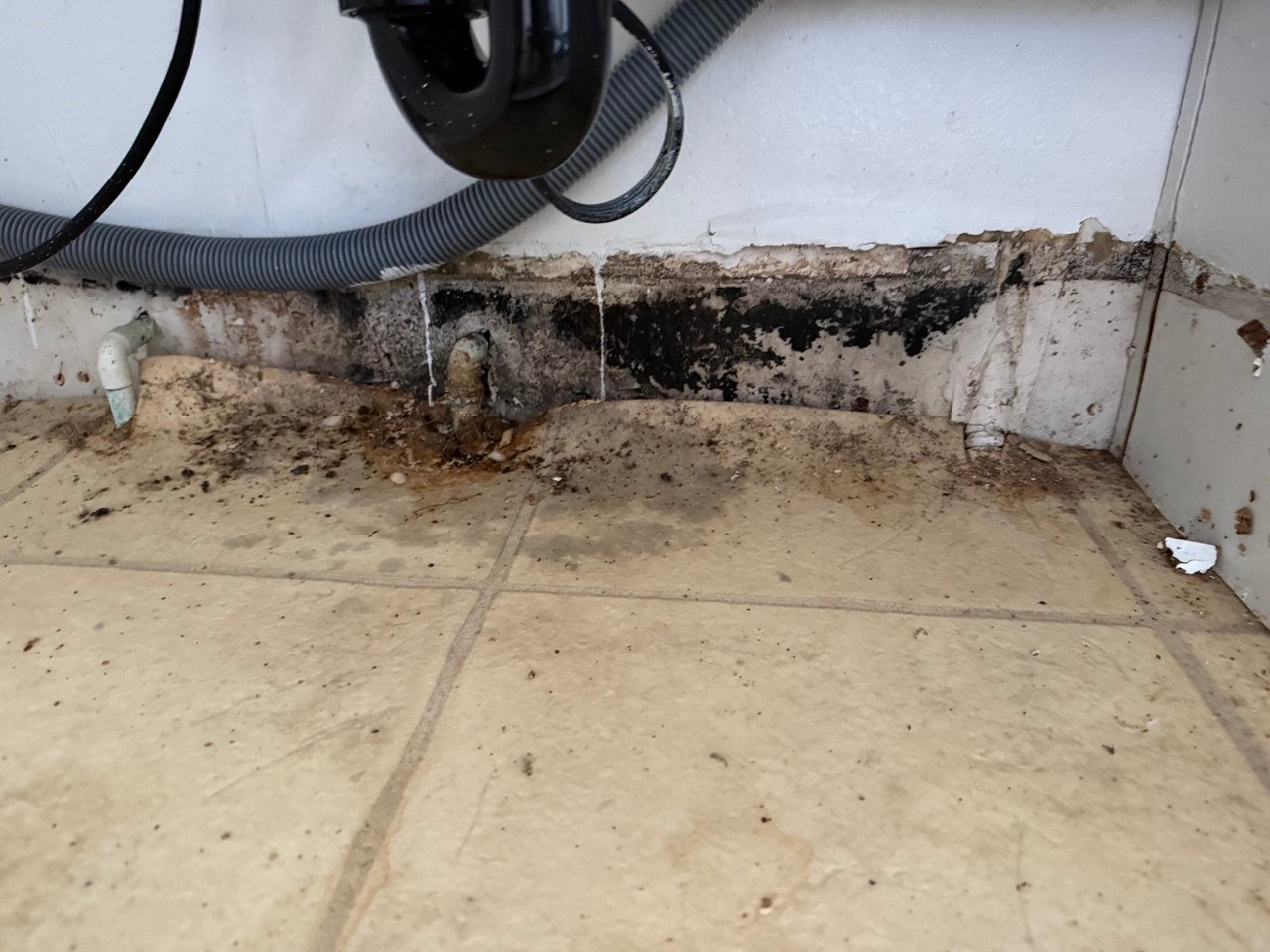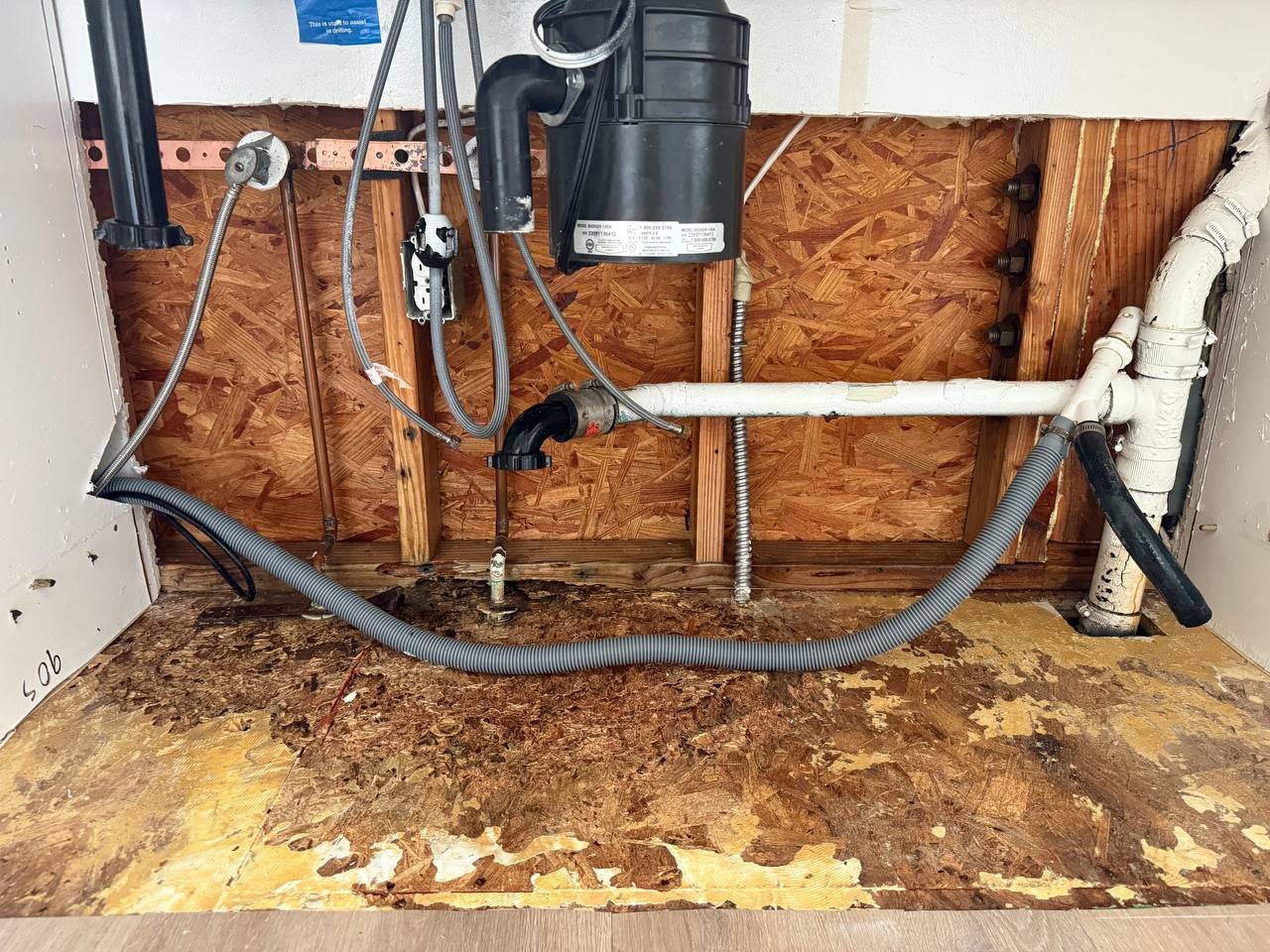Mold Remediation in Brentwood, CA | Inspection, Removal, Prevention
If you’re searching for mold remediation in Brentwood, CA—from black mold cleanup in a bathroom to attic mold removal, crawl-space odor control, or post-leak mold inspection—you’re in the right place. Brentwood sits between the ocean’s marine layer and heat from the canyons, so humidity lingers while wind-driven rain finds tiny pathways around windows, stucco, and deck seams. In Brentwood Park estates with plaster and custom millwork, Crestwood Hills mid-century homes with flat sections, and San Vicente/Wilshire condos with shared stacks, small moisture problems become persistent odor and visible growth. Our IICRC S520 team isolates the problem, removes contaminated materials safely, dries assemblies to target moisture, and hands you a clean, insurer-ready record.
Get Started
Service Form
Why mold problems persist in Brentwood homes and buildings
Marine layer + canyon shade. Foggy mornings and shaded lots in Kenter and Mandeville canyons slow natural drying. Bathrooms and laundry rooms stay humid; odor returns if cavities never reach target moisture.
Decks over living space. Popular roof decks and balconies use scuppers and parapets. Ponding around drains or micro-openings at seams let water ride joist bays and wet insulation above ceilings.
Flat roof sections on mid-rises. Along San Vicente and Wilshire, parapet cracks and aging penetrations push moisture laterally over corridors and partitions before it appears in a unit.
Aging supply lines and valves. Original copper/galvanized lines and tired angle stops drip quietly behind cabinets and laundry closets. MDF toe-kicks and paper-faced drywall colonize fast.
Window and stucco intrusions. Wind-driven rain exploits hairline stucco cracks and older window assemblies. Moisture bypasses paper, wets sheathing, and shows weeks later as baseboard darkening.
Attic/closet HVAC issues. Clogged condensate lines and bath fans that vent into the attic load insulation with moisture. Warm attic conditions “bake in” odor unless insulation is removed and framing dried.

Signs the issue needs professional remediation
Musty air that returns within days of cleaning or after showers.
Speckling on drywall or plaster, stains that “bleed back” through paint, or fuzzy growth on MDF and paper-faced materials.
Irritation that eases outdoors: cough, sinus pressure, itchy eyes.
Known moisture history: deck overflow, window/stucco seepage, upstairs overflow, slab moisture, or AC condensate clogs.
Visible growth on porous materials (drywall, carpet pad, insulation, toe-kicks).
First visit: what we do in the first 60–120 minutes
Stabilize and protect
We control sources, evaluate electrical risk, and protect floors and paths.
Map the affected envelope
Pin/pinless meters and thermal imaging define boundaries behind walls, under flooring, and in ceiling bays.
Explain scope and options
We outline what can be cleaned and dried in place, where limited openings are needed, and what must be removed.
Set containment
If removal is indicated, we install negative-pressure containment to hold dust and spores inside the work zone.
Mold Remediation Services in Brentwood
Finish and art protection. We shield paneling, custom millwork, stone, and floors. Where art or collections are present, we stage protected zones, add HEPA air-scrubbing, and limit openings to meter-driven locations.
Discretion and cleanliness. Tight, tidy containments; cable management; quiet equipment selections where possible. Daily updates summarize progress and next steps without disrupting routines.
HOA coordination. Unit-specific logs, corridor/elevator protection, and phased schedules that respect quiet hours. We prepare clean packets for boards and managers.
Air quality while occupied. Negative air with HEPA filtration inside the work zone; make-up air planned to avoid cross-drafts into living areas. If occupants are sensitive, we recommend PRV and coordinate assessor access.
Proportional scope. We open only where readings or damage demand it. Salvage where sound; replace where performance or hygiene requires it.

Our IICRC S520 remediation plan
Inspection & moisture verification
Scope follows S520. Sampling is used only if it changes scope, satisfies HOA/lender requirements, or verifies clearance (PRV). Moisture drivers are identified so fixes can be sequenced properly.
Source control before or during work
Remediation fails if moisture remains. We coordinate roof/deck repairs, window/stucco sealing, plumbing fixes, condensate service, crawl-space drying, and ventilation corrections.
Containment with negative pressure
Poly or rigid barriers with zipper access isolate the area. HEPA-filtered negative air maintains pressure differentials. HVAC supplies/returns inside the zone are sealed. Corridors and elevators are protected in HOAs.
Controlled removal of contaminated materials
Colonized drywall, wet insulation, carpet pad, and swollen MDF are removed under control and bagged. We open plaster/drywall only where readings, delamination, or visible colonization require it—proportional demo, not blanket tear-out.
HEPA cleaning and detail work
Exposed framing and surfaces are HEPA-vacuumed, mechanically agitated, and detail cleaned. Targeted antimicrobial supports cleaning; it never replaces source removal and drying.
Drying to target moisture
Commercial dehumidifiers and directed airflow reduce vapor pressure and bring assemblies to objective numbers. Baseline, daily, and final readings are logged. We don’t close early.
Post-Remediation Verification (when appropriate)
For larger scopes, HOAs, sensitive occupants, or transactions, an independent assessor performs PRV. Passing criteria include clean visuals, normal odor, proper pressure control, and appropriate sampling.
Documentation your insurer accepts
You receive photos, containment layouts, moisture/equipment logs, and an Xactimate estimate. Adjusters see how cause → extent → actions connect, which speeds approvals.
Owner priorities in Brentwood: how we work around what matters
Finish and art protection. We shield paneling, custom millwork, stone, and floors. Where art or collections are present, we stage protected zones, add HEPA air-scrubbing, and limit openings to meter-driven locations.
Discretion and cleanliness. Tight, tidy containments; cable management; quiet equipment selections where possible. Daily updates summarize progress and next steps without disrupting routines.
HOA coordination. Unit-specific logs, corridor/elevator protection, and phased schedules that respect quiet hours. We prepare clean packets for boards and managers.
Air quality while occupied. Negative air with HEPA filtration inside the work zone; make-up air planned to avoid cross-drafts into living areas. If occupants are sensitive, we recommend PRV and coordinate assessor access.
Proportional scope. We open only where readings or damage demand it. Salvage where sound; replace where performance or hygiene requires it.
Brentwood case studies
1) Brentwood Park deck seam → stair hall odor
After a winter storm, a second-floor deck leaked near a scupper. Moisture mapped across ~240 sq ft of ceiling and down a paneled stair hall. We built a discrete containment, sealed registers, and removed saturated insulation only where readings required. Framing was HEPA-vacuumed, detail cleaned, and dried to target. Roofing upsized the scupper box and sealed laps. Odor cleared by day two; PRV not required. Documentation closed the claim without re-inspection.
2) San Vicente condo stack leak
A cracked fitting in a plumbing chase affected two stacked baths and a hallway ceiling. Separate containments with HEPA negative air, corridor protection, and unit-specific logs kept the HOA comfortable. Limited removal, cavity drying, and detail cleaning brought both units to target. The HOA’s third-party assessor performed PRV; both units passed on visuals/odor and moisture criteria.
3) Attic exhaust into insulation—Brentwood Glen
A primary bath fan terminated in the attic. Recurrent ceiling spotting and odor followed humid weeks. We removed impacted insulation, opened only where readings demanded, cleaned rafters/decking, dried to target, and ducted the fan to exterior with a humidity switch. A minor roof penetration was sealed. Odor resolved; seller later used our file in a disclosure packet.
Insurance, with fewer delays
Most policies cap mold but may cover the sudden and accidental water loss that caused it. Our files make the link clear:
Causation: meter photos and thermals tie origin to the migration pattern.
Extent: daily readings define affected boundaries and show progress.
Actions: every opening, machine, and day of runtime maps to readings and targets.
Format: Xactimate line items, photo evidence, moisture/equipment logs.
Costs and variables (typical local ranges, not a quote)
Actual price depends on area, finishes, access, HOA constraints, and verification needs.
Containment & protection: $150–$650 per chamber based on complexity.
Selective demolition: drywall removal/haul-off $2.75–$5.75 per sq ft; wet insulation removal $1.50–$3.75 per sq ft; baseboard/toe-kick R&R $6–$12 per linear ft.
HEPA negative-air: $95–$170 per day per machine.
Air movers & dehumidifiers: $25–$45 and $80–$130 per day.
Detail cleaning + targeted antimicrobial: $0.20–$0.55 per sq ft treated.
PRV (if requested): billed separately by the assessor/lab.
We separate required items from optional upgrades and explain why.
Timeline you can plan around
Inspection and scope: same day.
Containment, removal, initial cleaning: 1–2 days for a localized wall/ceiling; longer for multi-room or ceiling cavities under decks.
Drying and PRV: typically 2–4 additional days depending on materials and indoor RH.
Rebuild: after moisture targets and, if used, PRV pass. Typical scopes: drywall/texture, insulation, paint, trim.
Prevention tailored to Brentwood properties
Decks/roofs: clear scuppers before storms; inspect seams, parapets, and penetrations each season.
Windows/stucco: seal hairline cracks; maintain flashing; check sills after wind-driven rain on San Vicente/Wilshire corridors.
Plumbing: replace aging angle stops and supply lines; verify pressure regulation to limit pinholes.
Ventilation: duct baths/laundry to exterior; use humidity-sensing controls; provide make-up air in tight rooms.
HVAC: service condensate drains and pans; add float switches on attic/closet units.
Indoor RH: aim for ~40–50%; run dehumidifiers during foggy weeks.
Crawl/grade: maintain positive slope; keep soil/planters below weep screed; redirect irrigation away from stucco.
Verify dryness: after any leak, confirm target moisture before closing or repainting.
Service area
Brentwood Park • Brentwood Glen • Kenter & Mandeville Canyons • Crestwood Hills • San Vicente/Wilshire corridors • Bundy/Sunset vicinity • Adjacent Westwood, Santa Monica, and Pacific Palisades.
Explore More Restoration Services in Brentwood
Brentwood Sewer Damage Cleanup – Safe biohazard and sewer cleanup.
Brentwood Fire Damage Restoration – Complete fire and smoke restoration.
Brentwood Emergency Water Damage – Fast water extraction and drying.
Brentwood Hub Page – Explore all restoration services in Brentwood.
